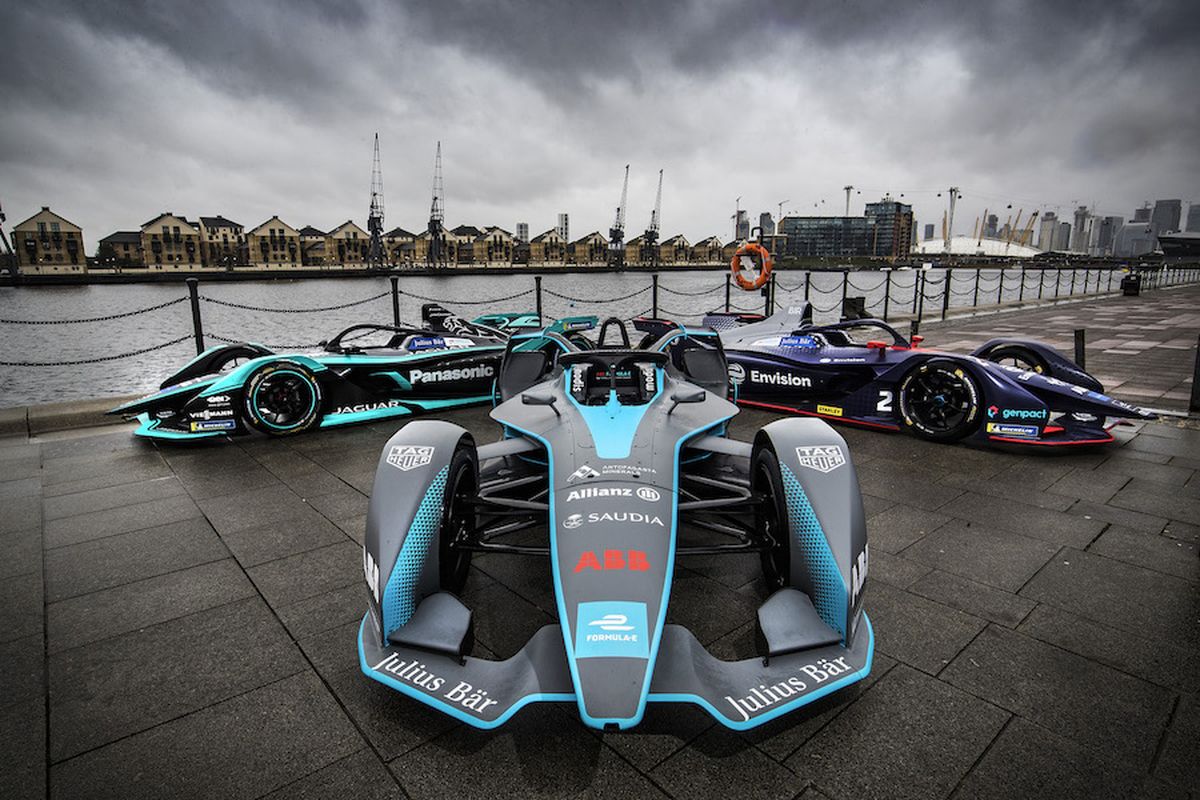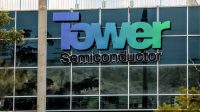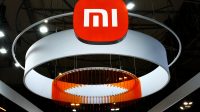Revolutionizing EV Development Through Formula E Innovation

Legacy automakers, aiming to close the gap with EV leaders like Tesla, are strategically leveraging insights from their Formula E electric racing teams to fuel advancements in mass-production electric vehicles (EVs). Despite challenges in winning over traditional motorsports enthusiasts due to the absence of sustained power and noise akin to internal combustion engines, automakers
Formula E teams kick off races with only 60% battery capacity, regenerating the remaining power through braking. Legacy automakers argue that this intense competition serves as a crucible, fostering the development of more efficient motors, inverters, and software for improved performance, extended range, and cost-effectiveness in mass-produced EVs.
Jaguar Land Rover, committing £15 billion to compete in the EV market, plans to harness silicon carbide inverter technology from its Formula E cars to enhance the efficiency of their next-generation premium-model EVs. Notably, insights from managing battery temperatures have already extended the range of Jaguar I-Pace EVs through over-the-air updates.
Nissan, in the pursuit of 19 fully electric models by 2026, emphasizes technology transfer from its Formula E team. The racing car’s software, initially based on the Nissan Leaf, aims to achieve more efficient motors, inverters, and smaller battery packs for wider application in mass-market EVs.
Porsche not only incorporates technology from its team into luxury EVs but also strategically reassigns top engineers from the program to road models. In a unique blend of technology and talent acquisition, this approach reinforces Porsche’s commitment to staying at the forefront of EV innovation.
BMW, having left Formula E in 2021, citing the exhaustion of technological opportunities, and Mercedes, redirecting its focus to using the Formula 1 team for designing more efficient EVs, showcase the varied strategies adopted by automakers. Ford, set to return to F1 racing in 2026, sees it as a pivotal platform for EV development.
Formula E founder Alejandro Agag highlights the commitment of manufacturers, viewing Formula E as a technology testing ground. Manufacturers are particularly focusing on areas like fast charging as a key domain where substantial progress has been made.
Stellantis, pushing for an extensive lineup of electric models, harnesses findings from its DS brand Formula E team to expedite EV development across its 13 other brands. DS Performance director Eugenio Franzetti anticipates a swift technology transfer in the ongoing electric revolution.
Read More Innovation – Tech Foom








